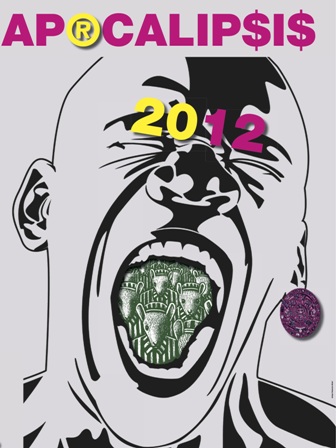Come i Maya avrebbero visto la fine del tredicesimo baktun
DOI:
https://doi.org/10.13130/2035-7680/3071Parole chiave:
Conto Lungo, Maya, 2012Abstract
From the calendrical, epigraphic and colonial data about Maya vision of creation and of the date 13.0.0.0.0 there are elements to suppose that Maya themselves could have consider the end of the thirteenth baktun both as an apocalyptic passage or as a “normal”, though very very rare, date.
Among those in favor of an apocalyptic vision may be stated that:
1) the 13.0.0.0.0 4 Ajaw 3 K'ank'in two of the three Maya calendars present the same dates (among them the most important one: that of the ritual calendar 4 Ajaw) and then the same influences of the day of creation;
2) The god Bolon Yookte’ is in some cases associated with creation, with a prominent role in the documents of the Colonial Period;
3) the idea that in the past there had been other creations of humanity.
Among those to the detriment of an apocalyptic vision may be stated that:
1) the creation event, that of the day 13.0.0.0.0 4 Ajaw 8 Kumku', is unique and unrepeatable;
2) the conception of cyclical creations is the result of influence Mexica and does not appear in the thought of the Classic Maya
3) December 21, 2012 does not reset the Long Count 13.0.0.0.0 but switches it to 13.0.0.0.1;
4) do not recur exactly all the same influences on the day of creation, the day of the month is different: instead of 8 Kumku' does occur 3 Kank'in;
5) in the documents of the Classic Period Bolon Yookte' is not the deus ex machina of creation, a role that belongs to God and God L D, but only one of those present.




